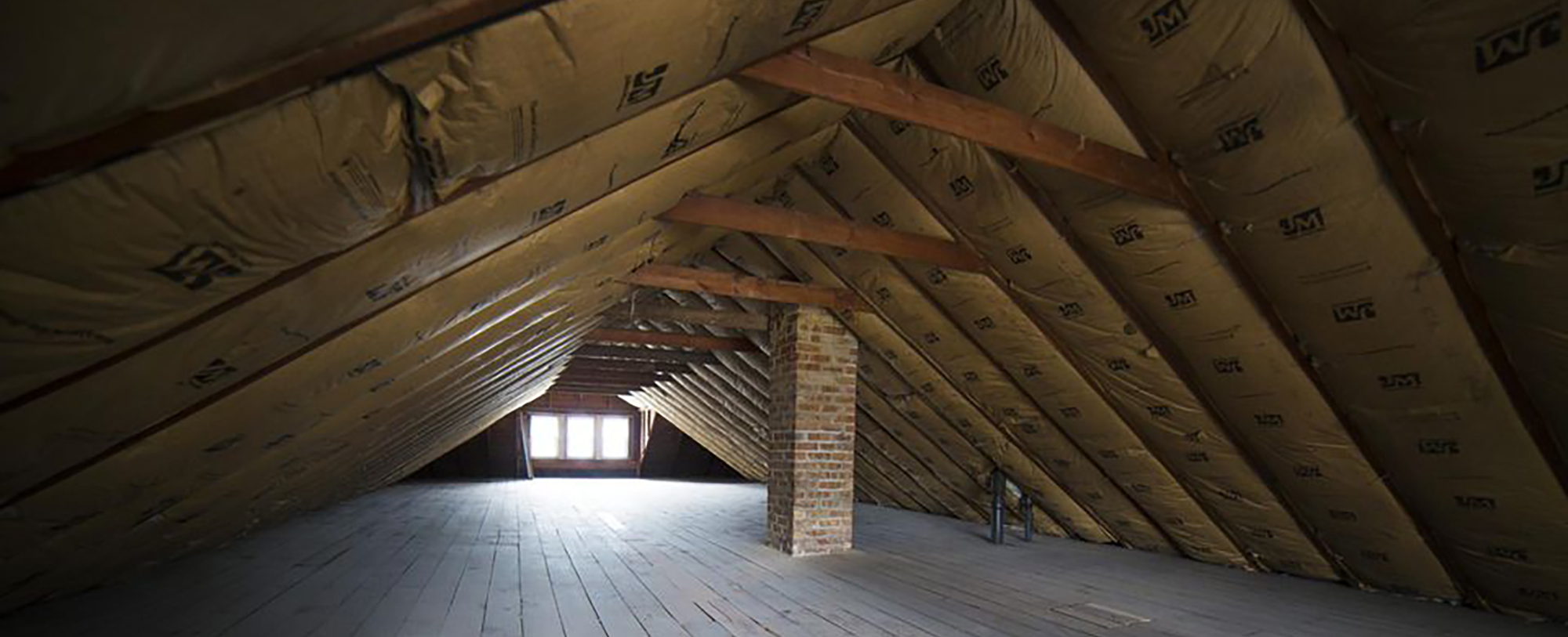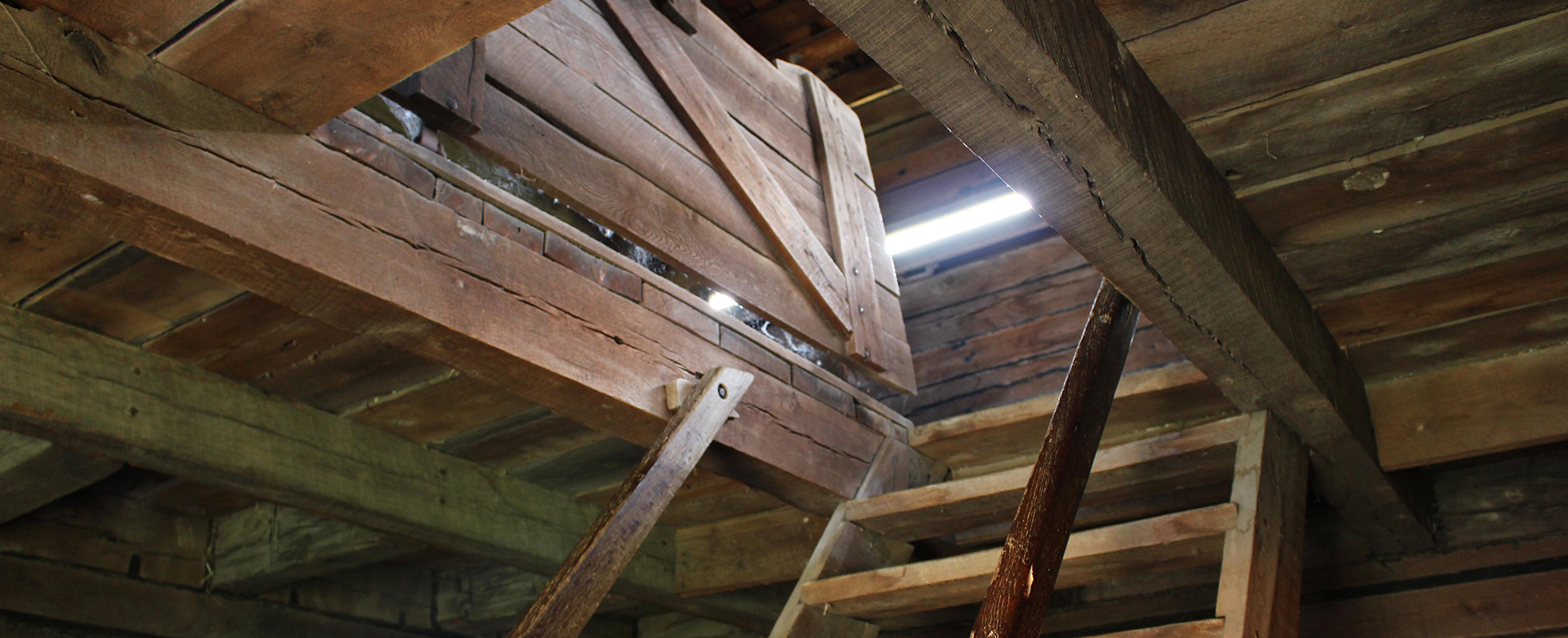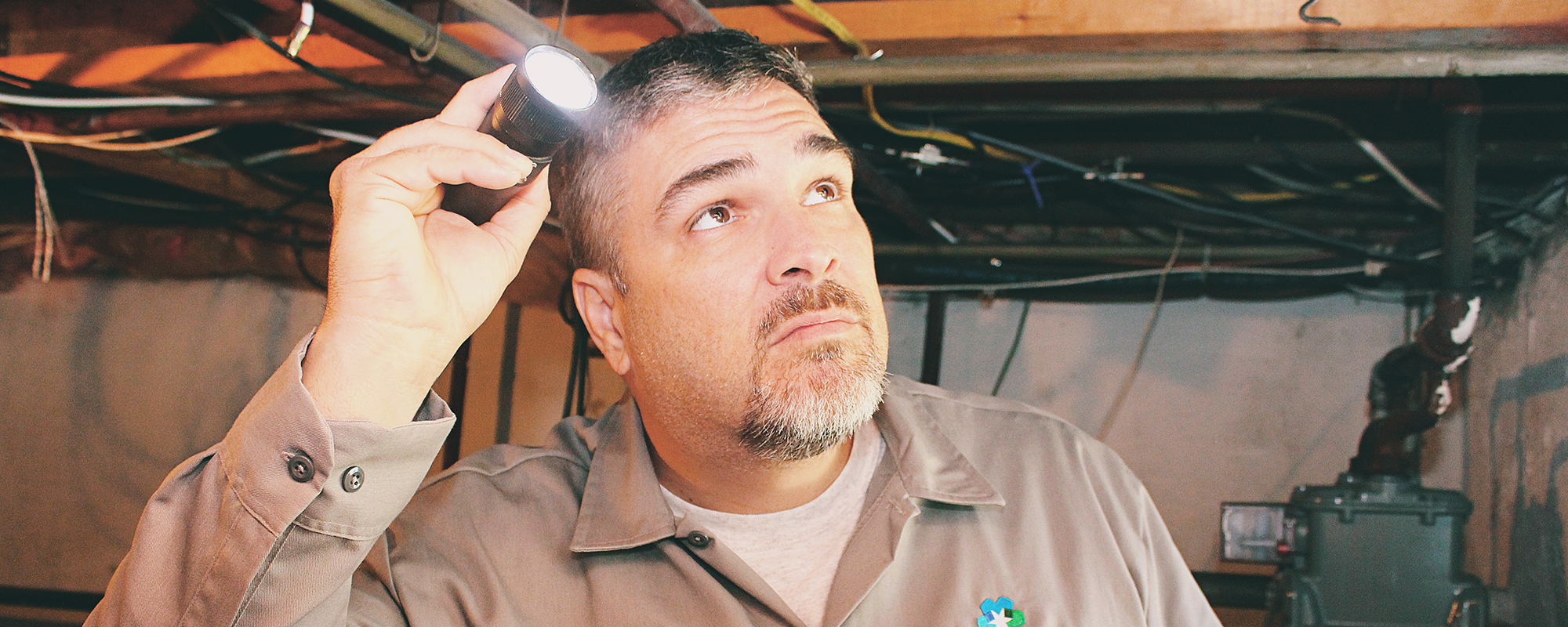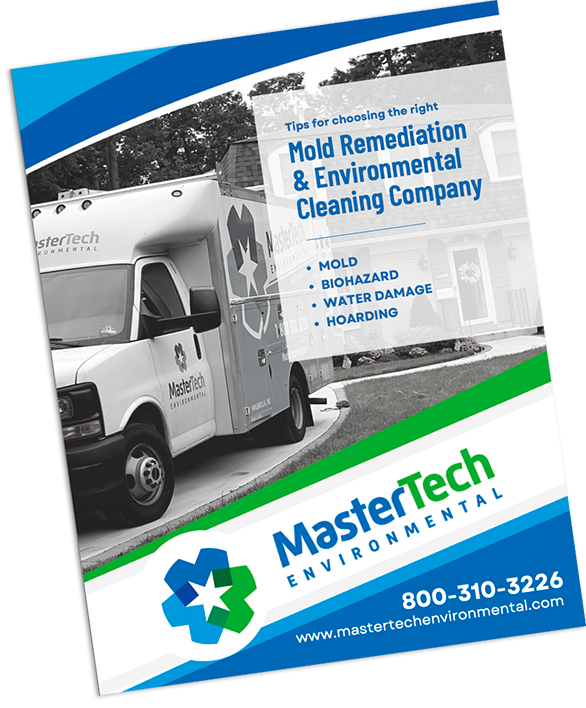
As a South Jersey homeowner, how much time do you actually spend in your attic? I bet not that much. Outside of the occasional trip to fetch a stored item, most people spend very little time in the attic of a New Jersey home. Because of this, attic problems can easy go unnoticed for extended periods of time. If a mold problem develops in an attic of a NJ property, and it is left unchecked, it will only worsen and spread with time. Unaddressed attic mold can mean serious and expensive property damage, diminished property value and potential health risks.
It is important to set aside some time a few times out of the year to conduct a routine check of the attic. Regular attic checks allow you the opportunity to spot early signs of a problem. When it comes to moisture and mold, early detection and resolution can save you from a costly and stressful repair in the future.

Understanding Attic Mold Causation
Indoor mold growth, whether it is attic mold, basement mold, crawl space mold or anywhere else, is most often the side effect of an underlying moisture problem. Attic mold causation is often rooted in moisture-related issues. In the presence of an adequate moisture source, it only takes 24-48 hours for mold to develop and spread. Contrary to popular belief, it does not take much water for mold to thrive. You do not need a major leak or flood for mold to be a concern, events as seemingly harmless has indoor humidity can be enough to create a mold problem. Lets take a closer look at some of the most common attic mold causation:
Roof Leak
Perhaps the most obvious attic mold causation– a roof leak can leave you with a serious mold problem if the leak goes unnoticed or unaddressed. Additionally, affected areas must be properly and thoroughly dried out following a roof leak. Residual moisture can be an adequate moisture source for mold. Again, we cannot stress enough how important it is to make a habit to regularly check your attic for signs of a problem.
Look for the following:
- Check for discoloration of insulation and wood (i.e. rafters, sheathing, joists, attic side of fascia boards, etc.).
- Check roof valleys, which are highly susceptible to roof leaks.
- Assess skylights, chimneys, attic windows and any portion of the attic/roof where dissimilar materials join each other (including flashings). These places are hotbeds for potential moisture intrusion.
- Make sure there are no leaks coming from and around attic plumbing stacks.
- South Jersey homeowners should conduct regular roof assessments to look for signs of potential leaks.
Insulation
Sufficient and proper insulation is necessary to help regulate the temperature in the attic space, as well as facilitate moisture control. When it comes to insulating your attic, it is a balancing act. Installing too much insulation, often in an attempt to cut energy bills, can restrict air circulation and encourage build up of warm, moist air. On the other hand, missing or inadequate insulation in areas like the attic floor or around ceiling fixtures can allow drafts and moisture that escape from your living space to rise up to the attic. In order to properly control moisture and prevent mold, you need the right amount of the right type of insulation in the right places throughout your attic.
Ventilation
Poor and/or improper attic ventilation can allow moisture build up in the space and promote mold development over time. Often times, attics suffer from insufficient ventilation. When done properly, vents are strategically installed throughout the attic space to ensure that warm, moist air is efficiently removed from the space. Whether it is obstructed vents or a lack of vents in general, without proper attic ventilation, as air from your main living space rises and travels into the attic, warm, moisture air gets trapped in the attic and moisture begins to build up. Proper and adequate ventilation promotes the necessary air circulation to maintain moisture control and prevent mold.
During your routine check of the attic, make sure your vents are free of insulation, bird nests and other debris. If you suspect insufficient ventilation in your attic, consider contacting a profession to help assess the space and provide an appropriate solution.
Vents & Exhaust Fans
Dryer vents, plumbing vents, kitchen or bathroom fans should be directed outside. All too often, this is not the case. Often times, vents and exhausts fans, throughout the home, are vented directly into the attic. If this is the case in your home, you are doing nothing but pumping warm, moist air from one area of your home directly into another area. Over time, the additional moisture buildup in your attic can leave you with a serious mold problem.
If any of your vents or exhaust fans empty into your attic, you should hire a professional to re-route the vents and fans to empty outside.

Routine checks and regular attic maintenance can go a long way to help prevent mold development in your attic. If you discover a moisture problem and potential mold development in your attic, you should contact a mold professional to assess the space. A trained professional will have the necessary skills and tools to get to the bottom of how bad the problem is and take a closer look at attic mold causation. The certified inspectors at Mastertech Environmental are trained to conduct thorough attic mold inspections throughout New Jersey.


